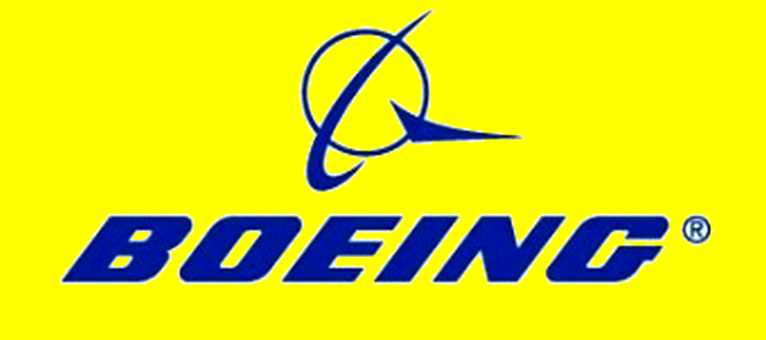


The competitive pressure to build the jet - which permeated the entire design and development - now threatens
the reputation and profits of Boeing, after two deadly crashes of the 737 Max in less than five months.
Boeing faced an unthinkable defection in the spring of 2011.
American Airlines, an exclusive Boeing customer for more than a decade, was ready to place an
order for hundreds of new, fuel-efficient jets from the world's other
major aircraft manufacturer, Airbus.
The chief executive of American called Boeing's leader, W. James McNerney
Jr., to say a deal was close.
If Boeing wanted the business, it would need to move aggressively, the airline executive, Gerard Arpey, told Mr.
McNerney.
To win over American, Boeing ditched the idea of developing a new passenger plane, which would
take a decade.
Instead, it decided to update its workhorse 737, promising the plane would be done in six years.
The 737 Max was born roughly three months later.
Prosecutors and regulators are investigating whether the effort
to design, produce and certify the Max was rushed, leading Boeing to
miss crucial safety risks and to underplay the need for pilot training.
While investigators are still trying to determine the cause of the crash in
Ethiopia this month and one in Indonesia in October, they are focused on
a newly installed piece of software designed to avoid stalls.
The software was meant to compensate for bigger, more fuel-efficient engines
and ensure the plane flew the same way as an earlier version.
Months behind Airbus, Boeing had to play catch-up.
The pace of the work on the
737 Max was frenetic, according to current and former employees who
spoke with The New York Times.
Some spoke on the condition of anonymity because of the sensitivity of the matter.
Engineers were pushed to submit technical drawings and designs at roughly double
the normal pace, former employees said.
Facing tight deadlines and
strict budgets, managers quickly pulled workers from other departments
when someone left the Max project.
Although the project had been hectic,
current and former employees said they had finished it feeling
confident in the safety of the plane.
The specter of Boeing's chief rival was constant.
Airbus had been delivering more jets than Boeing for several years.
And losing the American account
would have been gutting, costing the manufacturer billions in lost sales and potentially thousands of jobs.
"They weren't going to stand by and let Airbus steal market share," said Mike Renzelmann, an engineer
who retired in 2016 from Boeing's flight control team on the 737 Max.
Dismissing a Rival Boeing didn't seem bothered at first by the A320neo, the fuel-efficient plane that Airbus announced in 2010.
At a meeting in January of the next year, James F. Albaugh, the chief
executive of Boeing's commercial airplanes division, told employees that
Airbus would probably go over budget creating a plane that carriers
didn't really want, according to a recording of the meeting reviewed by
The Times.
Mr. Albaugh boasted that carriers were already paying more for Boeing's single-aisle jet than the
Airbus version.
He didn't see the need to strike now - Boeing could
wait until the end of the decade to produce a new plane from scratch,
the executive said.
"I don't think we need to get too spun up over the fact that they're making some sales," he said.
For decades, Airbus was barely on Boeing's radar.
A consortium started in
1970 by several European countries, it was slow to compete globally.
Boeing, founded in 1916, dominated the passenger-jet market with its 737
midsize jet and the 747 jumbo jet.
Then came John Leahy, an American who rose through the ranks to become the
chief Airbus salesman in 1994.
Mr. Leahy was relentless.
Once, the chief
executive of an airline got sick just as a deal was about to close.
Mr. Leahy traveled to the man's house, and the executive signed the papers
while wearing his bathrobe.
"Boeing thought we were a flash in the pan," Mr. Leahy said in an interview.
"But I thought there was no reason we couldn't have 50 percent of the market."
Read More:
https://www.nytimes.com/2019/03/23/business/boeing-737-max-crash.html?emc=edit_na_20190323&nl=breaking-news&nlid=49769097ing-news&ref=headline
